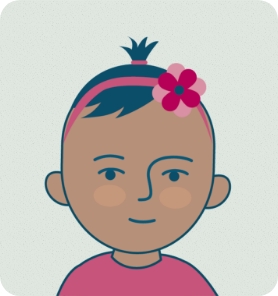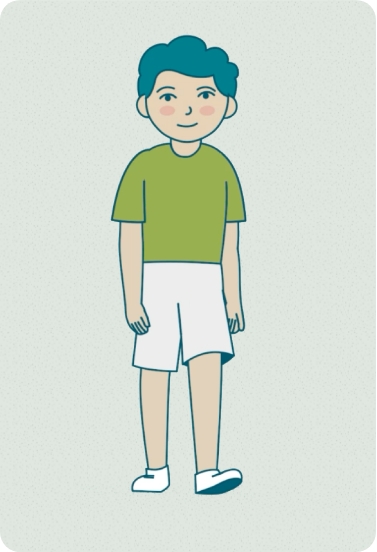This site is intended for parents/carers of children who may display an unusual/atypical motor and/or cognitive development (or the lack of). The intent of this website is not to make a diagnosis but to encourage the parents/carers to promptly seek medical advice and/or referral to a relevant specialist.
You are best placed to detect any unusual signs your child may be showing. Although there may be nothing to worry about, understanding and recording your child’s development may potentially help your healthcare provider recognise any atypical signs of an underlying cause, or a developmental disorder.
All children develop at different paces, however you can use the below average timeframes as a guide:

With these developmental milestones in mind, and the prompts below as a guide, it is important to record any signs of unusual development in your child. You can download the developmental diaries here to help you track your child’s development. You can also find further details on how to track your child’s development on the next page.
Your child’s development can be categorised into movement and motor skills, language development, cognition (mental processes) and behavioural aspects.

Most observations turn out to be harmless or have a cause other than rare disorders. Nevertheless, you should react if you notice unusual signs in your child’s development by discussing them with your healthcare provider. Early detection increases the chances for early intervention and outcomes for your child.
You are best positioned to notice any unusual signs in your child’s development. Listen to your gut feeling and report them promptly to your healthcare provider. The earlier these are recognised, the higher the chances appropriate action can be taken.
For no apparent reason, our 2.5-year-old could no longer walk properly. He had trouble keeping his balance and his legs kept going strangely limp."
Mother of a boy with a rare disease
IE-NoP-2500031 I DOP: May 2025